Best places to visit in Zimbabwe
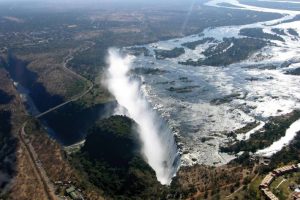
Victoria falls
The crowning jewel of Zimbabwe and certainly one of the best places to visit in the country, Victoria Falls is a small town on the east side of one of the world's great waterfalls. On the Zimbabwe side, the falls lie within the wildlife-rich Victoria Falls National Park.
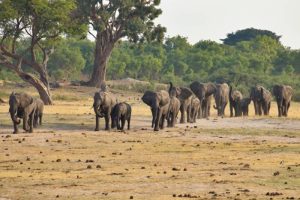
Hwange National Park
Hwange National Park is Zimbabwe’s biggest national park and is one of Africa’s finest for wildlife. It also holds the title of one of the best places in the world to see elephants, thanks to the population of over 40,000 of these majestic animals. The vast amount elephants isn’t the only wildlife calling card to this incredible park.
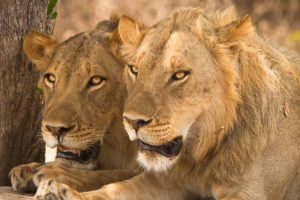
Gweru
Located in the centre of Zimbabwe, the city of Gweru is the capital of the Midlands Province and the fifth largest city in the country. The city is a thriving industrial, commercial and agricultural centre, situated in one of Zimbabwe's finest cattle rearing areas and surrounded by extensive vineyards.
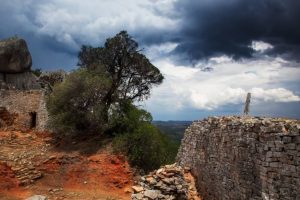
Great Zimbabwe
Covering almost 1,800 acres of land, the Great Zimbabwe is a complex of ruins built by indigenous Africans believed to be the ancestors of modern Zimbabweans. Built between the 13th and 14th centuries, the complex was once the centre of a vast empire known as the Munhumutapa Empire.
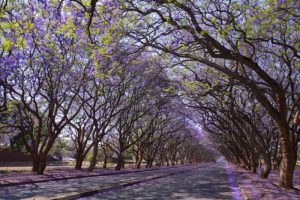
Harare
The capital of Zimbabwe is the gateway to the country’s incredible wildlife destinations. However, you’d be advised to not just pass through, because it is also one of the best places to visit in Zimbabwe.
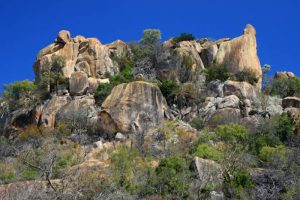
Matobo National Park
Considered the spiritual home of Zimbabwe, Matobo National Park has some of the world’s most impressive granite scenery. As well as wildlife, including Zimbabwe’s highest concentration of white and black rhinos found in the game park section, the recreational park has Southern Africa’s highest concentration of ancient rock art.
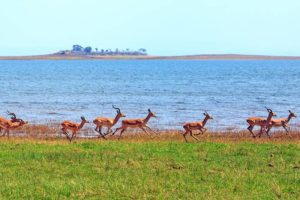
Lake Kariba
The mighty Zambezi flows into the waters of Lake Kariba, one of the world’s largest artificial lakes. Covering an area of 5,00sq km and holding 180 billion tonnes of water, Lake Kariba is an area of extreme beauty, the expanse of water reflecting the nearby landscape.
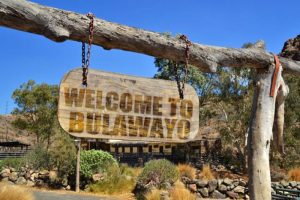
Bulawayo
Bulawayo is one of Zimbabwe’s most attractive cities. The country’s second city is rich in cultural history. Founded in the 1840s by the Ndebele king, Lobengula Khumalo, it was colonised in 1894.
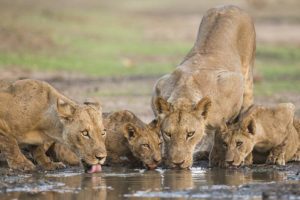
Mana Pools Park
One of the country’s lesser known national parks, in part due to its remote nature, Mana Pools is a great venue to enjoy close encounters with the wildlife. Its name comes from the word for ‘four’ in the Shona language, after the four inland pools that are left from the oxbow lakes.
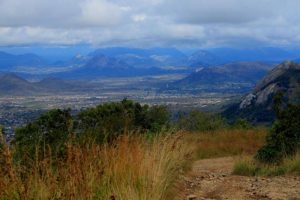
Mutare
Zimbabwe’s fourth largest city has an incredibly picturesque setting, found at the foothills of the Eastern Highlands north of the Bvumba Mountains. Set in a valley and surrounded by rolling green hills, the city has a relaxed rural feel.
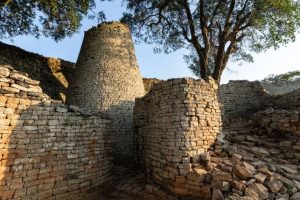
Great Ruins of Z
Great Ruins of Zimbabwe

Matusoda Park
Matusoda National Park
